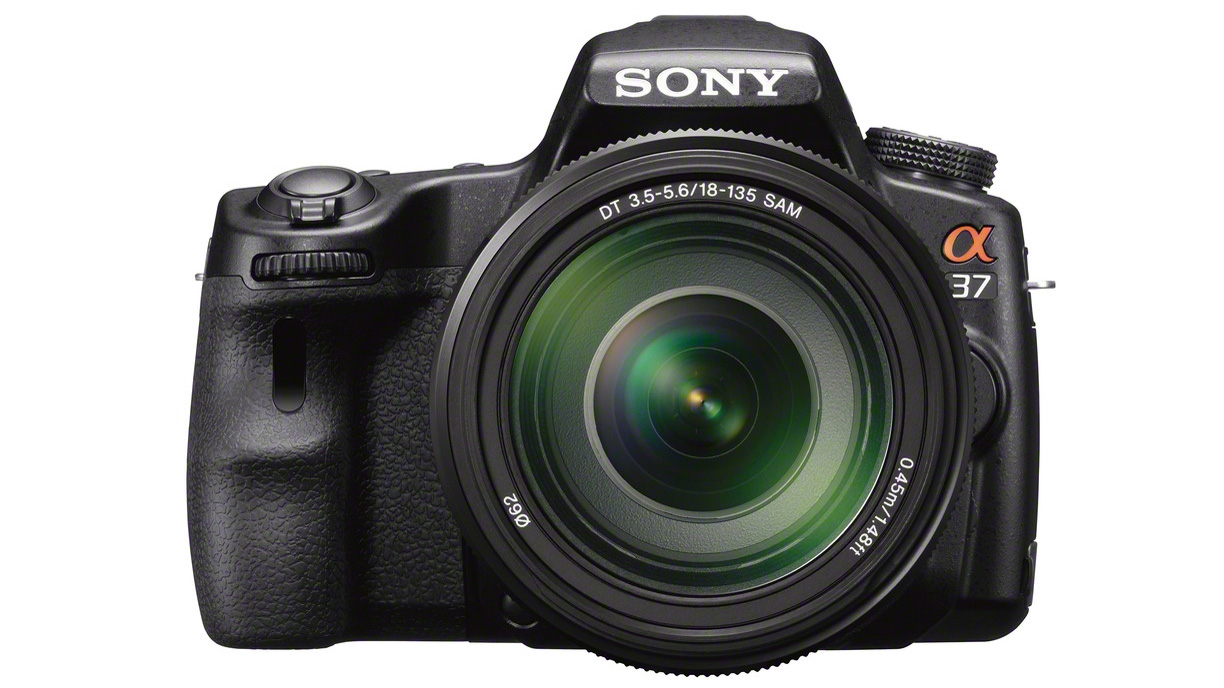Why you can trust TechRadar
For a camera at the entry-level end of Sony's DSLT lineup, it's pleasing to see that the Alpha 37 appears to have been constructed well.
With a good weight and solid construction, it feels as though it could withstand the odd knock and scrape, although of course the Sony Alpha A37 isn't weather and dustproof like some more expensive Sony cameras.
Although its plastic body does belie it's low cost, the grip is a good depth and the rubberised coating adds an air of quality. Sony says that the ergonomics of the a37 have been slightly redesigned when compared with its predecessor, but these seem to be so minimal as to be barely noticeable.
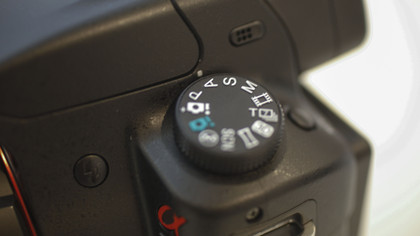
Buttons are generally well laid out, with the possible exception of the Menu button, which is in a bit of an awkward place to reach comfortably. Being a beginner level camera, the number of direct access buttons is fairly limited, but Sony has made good use of the space on the back of the camera.
There are direct controls for sensitivity (ISO), white balance, drive mode and movie record, while several frequently used settings can be accessed via the Fn button.
One initial bugbear was the fact that there is no direct button for setting the autofocus point. It appeared that this meant that you needed to dive into the function menu every time you wanted to alter the point, which is more than a little frustrating.
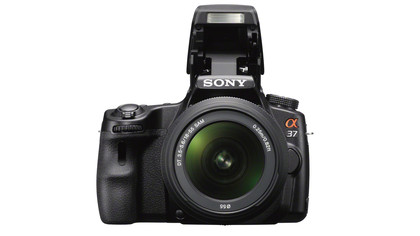
However, on further examination, we found that if you switch off Object Tracking in the function menu, the central button on the four way control dial acts as a focus point button.
As the Sony Alpha a37 is an SLT, rather than SLR camera, it uses an electronic viewfinder. Although it won't be welcomed by those who favour the optical variety, Sony has done a pretty good job with the a37's offering. While it doesn't offer the same clear and bright view of the a77, it is useable and offers a 100% field of view, which is handy.
Another bonus of using an EVF is that it is easier to immediately assess whether an image capture has been successful, as you see the playback in the EVF. This means you spend less time checking the LCD screen and having to press extra buttons.
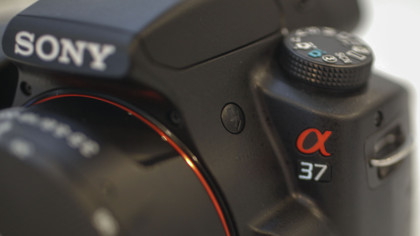
By default, the camera is set to display Live View on the rear LCD screen, changing to the electronic viewfinder if you lift your eye to the EVF. While it is quite handy to have Live View instantly displayed without having to activate it, you can also switch the display to show the camera settings, which will be welcomed by more traditional shooters.
Speaking of the screen, it offers a good, bright view from a variety of angles. For the majority of conditions, using it is fine in very bright sunlight it struggles with reflections. The same can also be said of the EVF, which we needed to shield with a hand to make full use of during extremely bright conditions.
Whereas the a33 had a free-angle LCD, the a37 has a tilting LCD, something that was missing from the a35, which had a fixed device. Perhaps Sony received feedback that the flexibility was missing, because this is a welcome return.
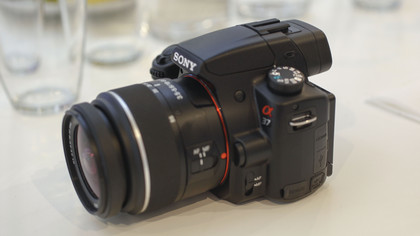
Especially useful for shooting over the head (at concerts and so on), it's also good for taking low angle images. It's a shame that it couldn't be fully articulated for use in portrait orientation, but we suspect this might increase the overall size, and perhaps cost, of the camera.
It would also have been nice to see a touchscreen device implemented on the a37, especially considering the target audience is likely to have stepped up from mobile phones, compacts and/or compact system cameras - but again it's likely that it would have made the camera a more expensive proposition.
The Sony a37 has an impressive 15 autofocus points, a relatively large number when compared to entry-level DSLRS such as the Nikon D3200 (11 points) and Canon EOS 1100D (9 points).
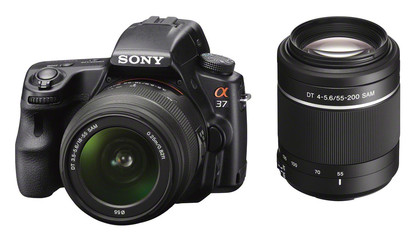
While it's great to have so many points, they are all clustered towards the centre of the frame, meaning that you do need to focus and recompose for subjects on the perimeter. Those used to shooting with compact and compact system cameras that enable focusing towards the edge of the frame may find this a little frustrating.
A number of options on the Sony Alpha a37 can't be deployed when capturing images in raw format. This is a big shame for options such as Auto Portrait framing and Picture Effects, and is also frustrating because you have to dive into the main menu to switch off raw capture, then go back to whatever it is you were trying to do in the first place.
Perhaps a good way around this in future models (or even via a firmware upgrade) would be for the camera to provide a pop-up prompt to switch off raw shooting if you try to activate such a mode.
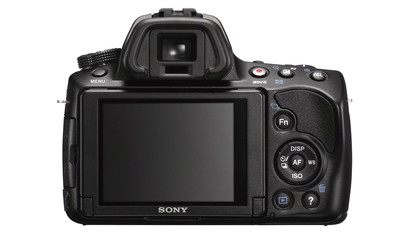
One of the key features of the a37 that Sony is keen to shout about is the Clear Zoom function. This basically works in the same way as a digital zoom, but thanks to By Pixel Super Resolution technology, Sony claims that resolution and quality remains the same.
Activating the zoom function effectively doubles the reach of whichever lens you're using on the camera, so the 18-55mm kit lens becomes a 110mm at the telephoto end and potentially negates the need to shell out for extra lenses. In practice, we found this function to be very useful, and we can see it being very popular.
A nice touch is the ability to zoom in and out quickly in steps using the up/down buttons, or more gradually and precisely using the left and right buttons.
Amy has been writing about cameras, photography and associated tech since 2009. Amy was once part of the photography testing team for Future Publishing working across TechRadar, Digital Camera, PhotoPlus, N Photo and Photography Week. For her photography, she has won awards and has been exhibited. She often partakes in unusual projects - including one intense year where she used a different camera every single day. Amy is currently the Features Editor at Amateur Photographer magazine, and in her increasingly little spare time works across a number of high-profile publications including Wired, Stuff, Digital Camera World, Expert Reviews, and just a little off-tangent, PetsRadar.
